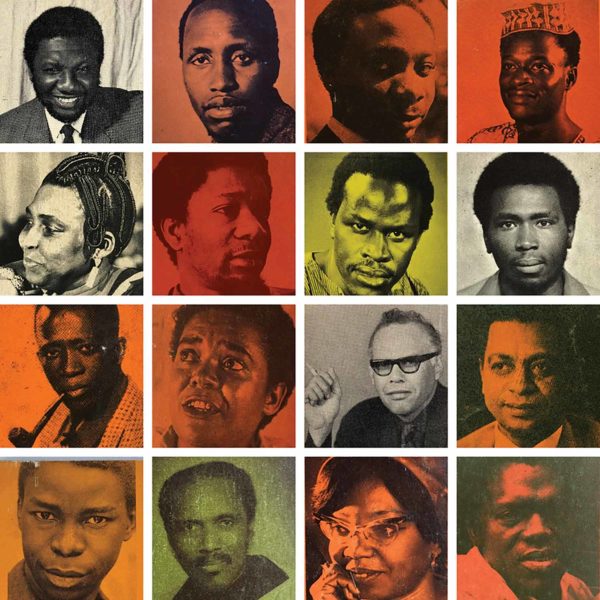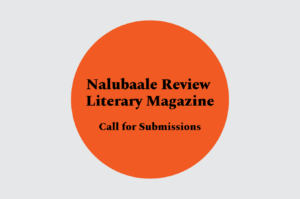
The question of the hurdles in African publishing has been a long-discussed one. In a new piece for The Elephant, Kenyan author Stanley Gazemba, winner of the Jomo Kenyatta Prize, has lent his voice. Entitled “African Publishing Minefields and the Woes of the African Writer,” the piece is a brief outline of publishing in the continent, following the landmark achievements of Heinemann’s African Writers Series (AWS) and its subsequent decline after indigenisation by independent businesses in the mid 1980s.
The essay bemoans the lack of a viable successor to the African Writers Series and analyses possible factors responsible for the retrogression in continental publishing. Curiously, among contemporary presses—including Cassava Republic which is making way internationally—the essay only mentions Parrésia Publishers.

Here is an excerpt:
One of the reasons why AWS was successful was because Heinemann had a foot in all the leading capitals throughout the Commonwealth, a physical network through which its writers could move across international borders. It also had the financial muscle. When Heinemann (East Africa) was bought out by independent African business people in the mid-1980s, there was a sense of pride in the fact that finally Africans would be running their own affairs, and getting to keep the money circulating amongst themselves. But after the dust settled, it soon became apparent that this crop of entrepreneurs were concerned only with clawing out and ring-fencing tiny turfs of their own; they had no intention of creating the cross-turf and cross-border networks that are so crucial in publishing. Moreover, they focused on educational publishing, which—though lucrative and safe—unlike fiction, says nothing about a region’s culture. The few African writers who wanted to be published beyond their home cities and villages now either had to seek publishers abroad, or forget fiction all together. As for those who opted to play it safe within the system, they had to submit to the yoke of the censor, tailoring their books to the whims of the gatekeepers at the Ministry of Education. This is the reason why some of the best-known contemporary writers on the continent are all published abroad. By prostrating before the god of profit the publishers lost sight of what publishing is supposed to be, particularly in such a grossly misunderstood and misrepresented region of the world as Africa. According to UNESCO, Africa accounts for only 1.2 per cent of the world’s total book production. The biggest indigenous publishing house in the region, East African Educational Publishers, started operations in 1986, having bought out Heinemann Educational Books (East Africa). Other multinationals like Longman and Evans would similarly evolve into locally-owned entities as the once vibrant East African Community disintegrated. It is this indigenisation that is at the heart of the problems currently bedeviling writers from the region and from other parts of Africa.
A notable exception in this morass is Baobab Books of Zimbabwe, which gave us names like Chenjerai Hove, David Mungoshi, Dambudzo Marechera, Shimmer Chinodya and Yvonne Vera during the ten years in which the publisher was active before being put up for sale in 1998. Although criticised for the “density” of its publications, Baobab is an exception because of the attention its editor, Irene Staunton, paid to the editing process and the design and quality of her books. But Baobab didn’t happen by accident.
Read the full essay on The Elephant.









Bernard Mapalala November 28, 2020 02:25
In Tanzania, book readership is very low. This also applies to the so-called enlightened society. There are lots of university by products, but their book reading appetite is quite low. The situation is even worse at the lower education levels. The result is domination of poor political, education and social acumen among the by-products of the education levels.